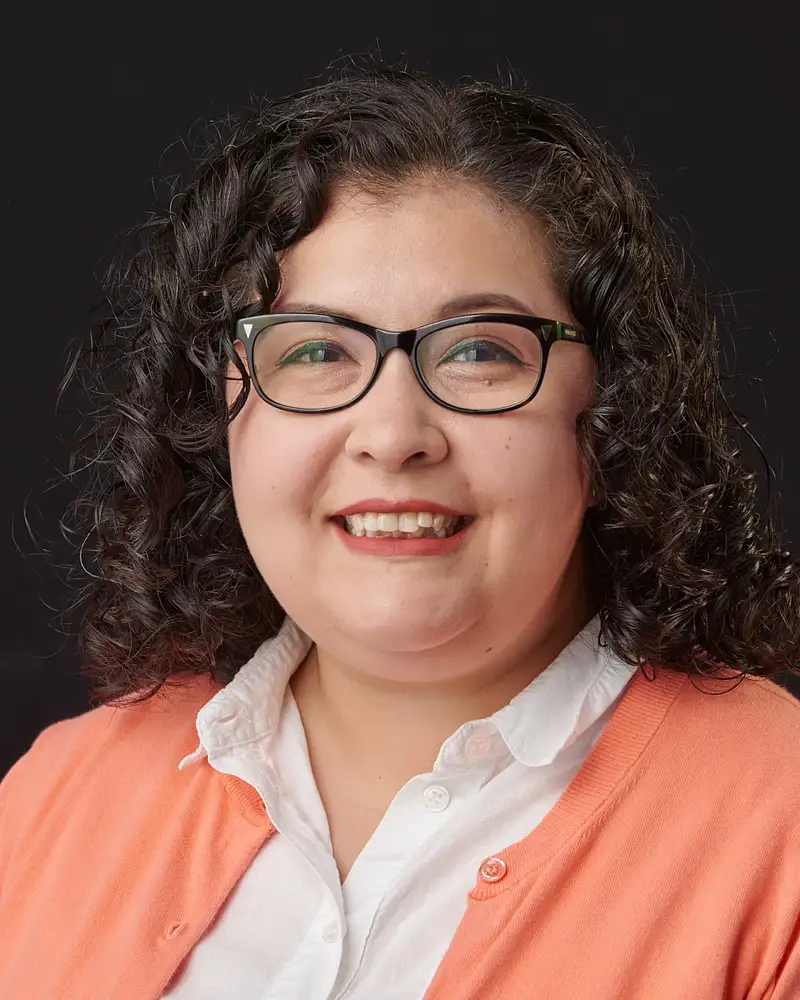
This fall, the Department of History is excited to welcome Angela Diaz to our faculty as an associate professor. Professor Diaz is a Civil War era southern historian. Her research interests include the Gulf South, U.S. territorial expansion, Latin America, Latina/Latino history, borderlands studies, and memory studies.
Previously, she was an assistant professor of nineteenth century U.S. history at Utah State University. She is excited to start her journey at Illinois and has been delighted by the generosity and kindness of her colleagues in the department. She is especially looking forward to utilizing the library and special collections in her research.
She recently published her first book, A Continuous State of War: Empire-Building and Race-Making in the Civil War Era Gulf South (University of Georgia Press) which examines the communities of the Gulf Coast during the mid nineteenth century and how the area became a springboard for U.S. territorial expansion in Mexico, the Caribbean, and Central South America.
She’s currently working on an essay for an edited collection on Reconstruction in the Gulf South and an article that compares John Brown’s Raid on Harper’s Ferry and Juan Cortina’s War between Mexican landowners and white settlers in Texas. She hopes to rehabilitate the story of Cortina’s War, which is little known today, and show how it contributed to the racial anxiety of white southerners on the eve of the Civil War.
“My hope is that I can provide an article that other Civil War historians might be able to incorporate in their classes that then allows them to talk about the history of Latinos and people who were not white or Black in the Civil War. Because you know there’s Native Americans, there’s Latinos, there's all different kinds of groups out there who are also involved in the war and it had an impact on them.”
Broadening our discussion of history to include people or regions that we don’t normally consider is one of the main goals of her work.

“How do different regions or different spaces help us rethink these very traditional, deeply ingrained narratives of the Civil War? And deeply ingrained narratives period. And how do we incorporate especially Latinx people who have been in the country since it it began?” she said are the questions that motivate her work.
This fall, she will teach HIST 374: Civil War and Reconstruction. She hopes to give students a new perspective on the conflict, teach them how deeply ingrained ideas about the Civil War were constructed in the decades after it took place, and how those narratives filter into various aspects of American culture and politics.
“A lot of students come in with what they sort of think happened. But then, more than anything, a lot of questions. And so I have heard from them ‘this was nothing like I expected it to be,’ which as a historian and history professor, you always want to hear that that you imparted something to them.”
She will also teach a section of HIST 200: Introduction to Historical Interpretation that will chart connections between the United States and Latin America stretching back to the American Revolution. Teaching students creative ways to use their sources will be a key tool she uses to demonstrate different approaches to historical analysis.
“I hope to be able to teach them not just how to do research, but also the ways that you can be creative in doing research,” she said. “Because a lot of times when we do history, people think you just report the facts. And that's not really how it works, right? You have to tell people what you think about all of these different things and what you think is happening.”
She will also teach a course on the origins of the Civil War, an American history survey course, and graduate courses. Her favorite part of teaching is what she calls spontaneous learning.
“When you're talking one-on-one and then the discussion goes into something, or somebody brings up something that you never even thought of, and then that becomes the discussion . . . that's always really fun. So, I think the discussion with students is the best part of teaching.”